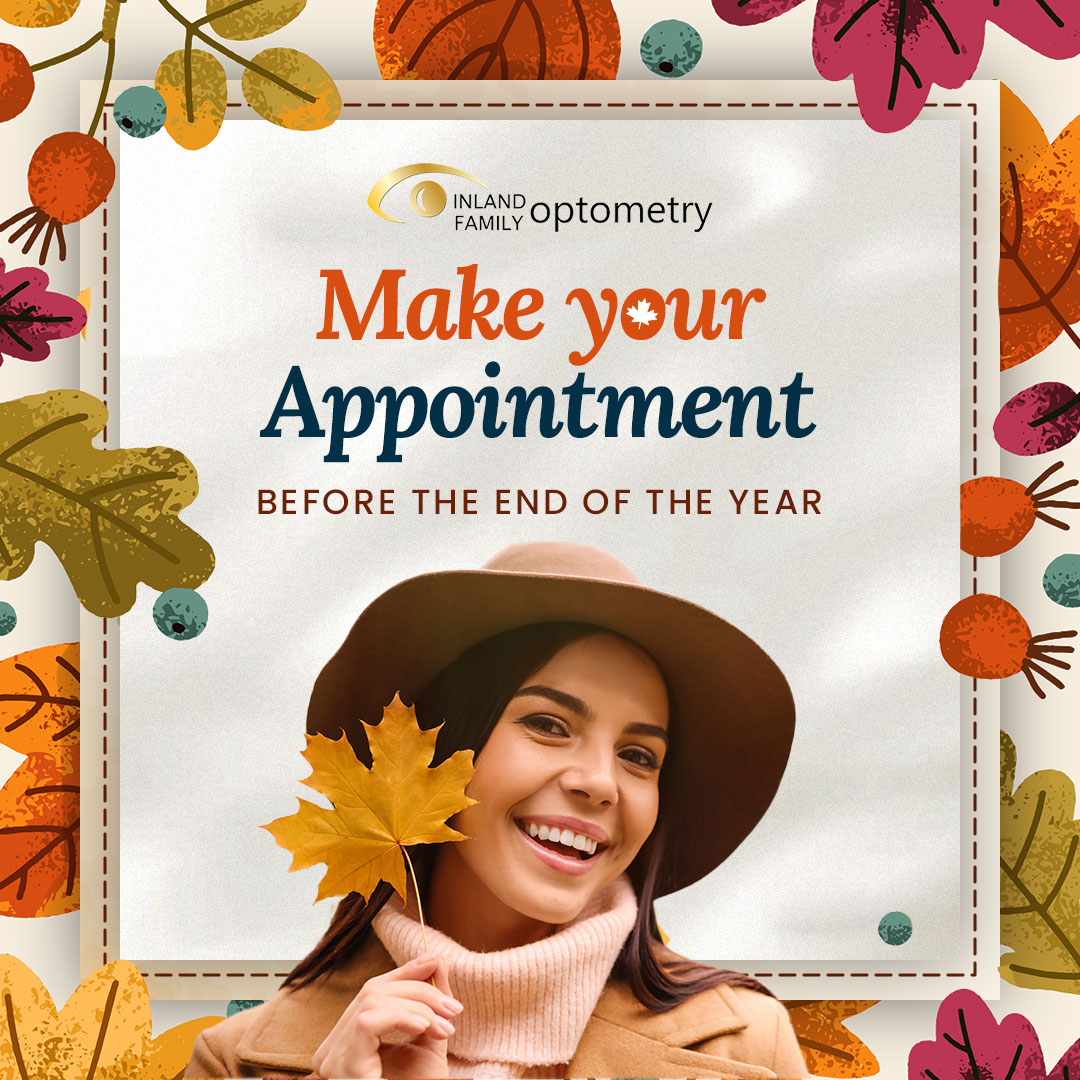
Approximately 30% of the global population has myopia (also known as nearsightedness). The prevalence continues to rise, especially among young people. Nearsightedness occurs when the eyeball outgrows the capacity of the cornea and lens, causing blurry distance vision. There is good news, though - recent research has found effective ways to slow down this condition in kids and adults.
Confidence in Diagnosis and Management
Optometrists use different tests to spot myopia and track how it changes. They measure refractive error, take pictures of the retina, and check visual acuity. However, they do not all agree about measuring axial length.
Axial length is how deep the eye is from front to back. Some doctors think it is crucial for tracking myopia changes. Others skip axial length measurements with nearsighted patients. Research shows axial length is an early warning that nearsightedness is worsening. Checking it regularly lets doctors intervene quicker to slow progression. As treatments improve, measuring axial length may become routine.
Orthokeratology
Orthokeratology, or Ortho-K, changes the cornea's shape with special lenses while you sleep. Removing the lenses during the day reduces nearsightedness. Wearing Ortho-K lenses at night for six to eight hours has shown a 50% decrease in progression over two years. Some potential side effects include eye irritation, blurred vision, and corneal abrasions. Proper lens care is essential.
Atropine Eye Drops
Low-dose atropine eye drops are an effective pharmacologic treatment for controlling myopia. Research shows that atropine can reduce progression by 50-60% in just two years. The usual dosage is 0.01% atropine given daily. Lower concentrations have few side effects, but higher doses may cause temporary light sensitivity or reduced near-vision clarity.
Multifocal Soft Contacts
Multifocal soft contacts have different areas for seeing things at different distances. It is similar to how bifocal eyeglasses work. Research shows that wearing multifocal contacts daily is best and can slow down myopia progression by around 35% in two years. The main downsides are daily insertion/removal and finding the ideal lens fit. Multifocal contacts work best for those already used to wear disposable soft contacts.
Myopia Control Eyeglasses
Special prescription eyeglasses for controlling nearsightedness are now available. The most common designs use either bifocal lenses or peripheral defocus techniques. Bifocal and progressive lenses make it easier for your eyes to focus up close.
Studies show they can slow childhood myopia progression by 20-30% over 18 months of wear. Defocus glasses have power on the edges to reduce peripheral hyperopia, slowing axial elongation. Early research shows around 40% decrease in progression over two years.
Outdoor Time
Kids who spend more time outside daily are less likely to get this eye problem. Experts suggest at least two hours per day of outdoor light exposure. Exposure triggers dopamine release in the retina, which regulates eye growth. Spending 40 more minutes outside each day can lower myopia risk by 23% in three years.
Emerging Management Options
Emerging options to slow the progression of myopia include:
- Specialty soft contact lenses with unique designs to reduce peripheral hyperopia: new spectacle lenses using LCD technology or transparent panels to manipulate focus
- Red light therapy at night to regulate eye growth
The new tools will help eye doctors protect vision and eye health. They help reduce peripheral hyperopia and control eye elongation by adjusting focus. More research is necessary, but the future looks promising for new, non-invasive treatments.
Conclusion
Consult your eye doctor about myopia control treatment to preserve clear vision. These therapies can help children maintain excellent eye health for many years.
For more eye care tips, visit us at our office in Rancho Cucamonga or Chino, California. Call (909) 345-6100 or (909) 345-9809 to schedule an appointment today.













